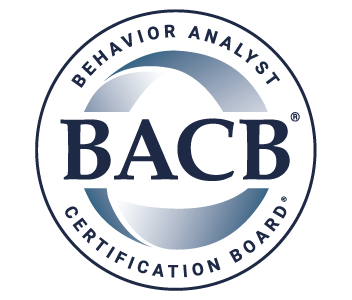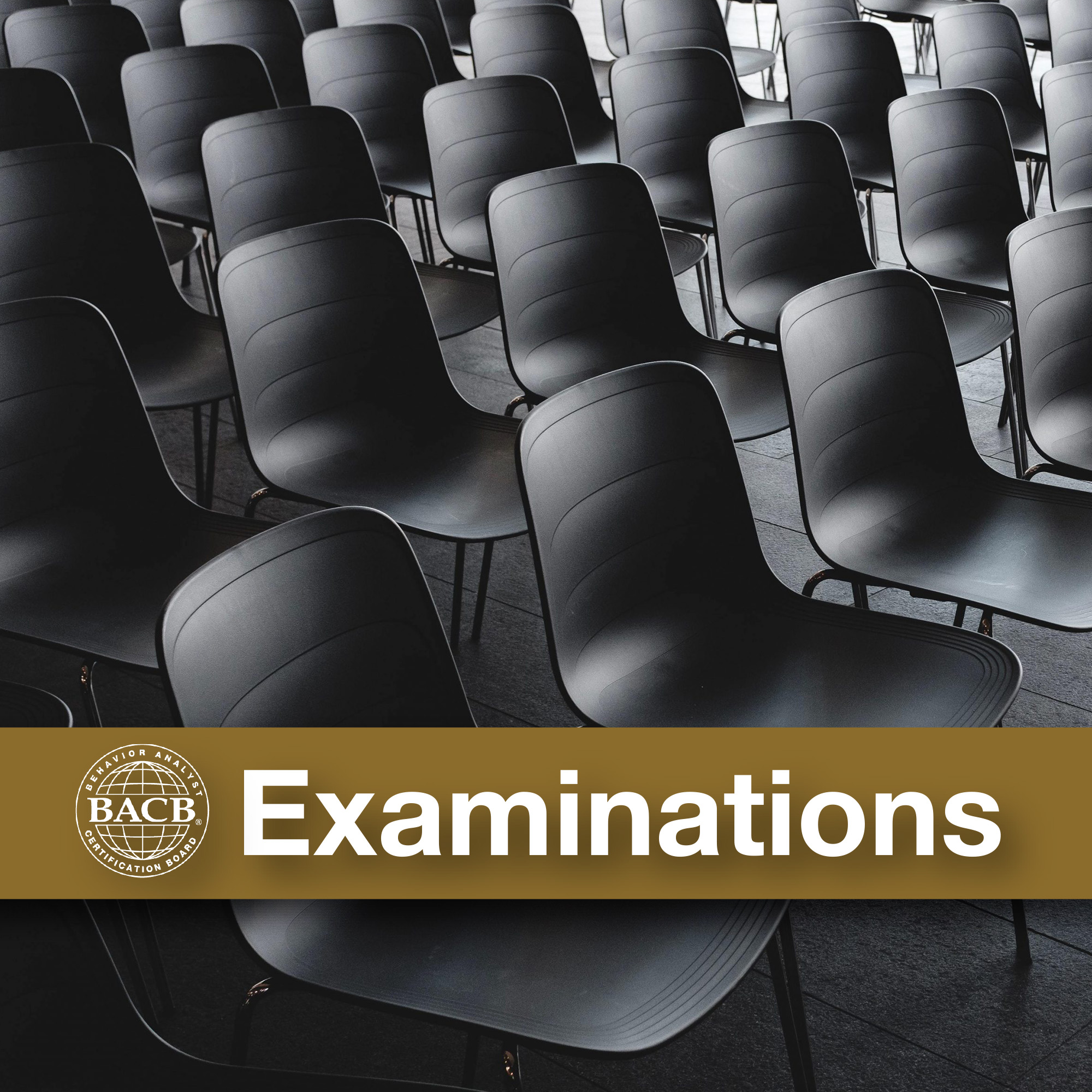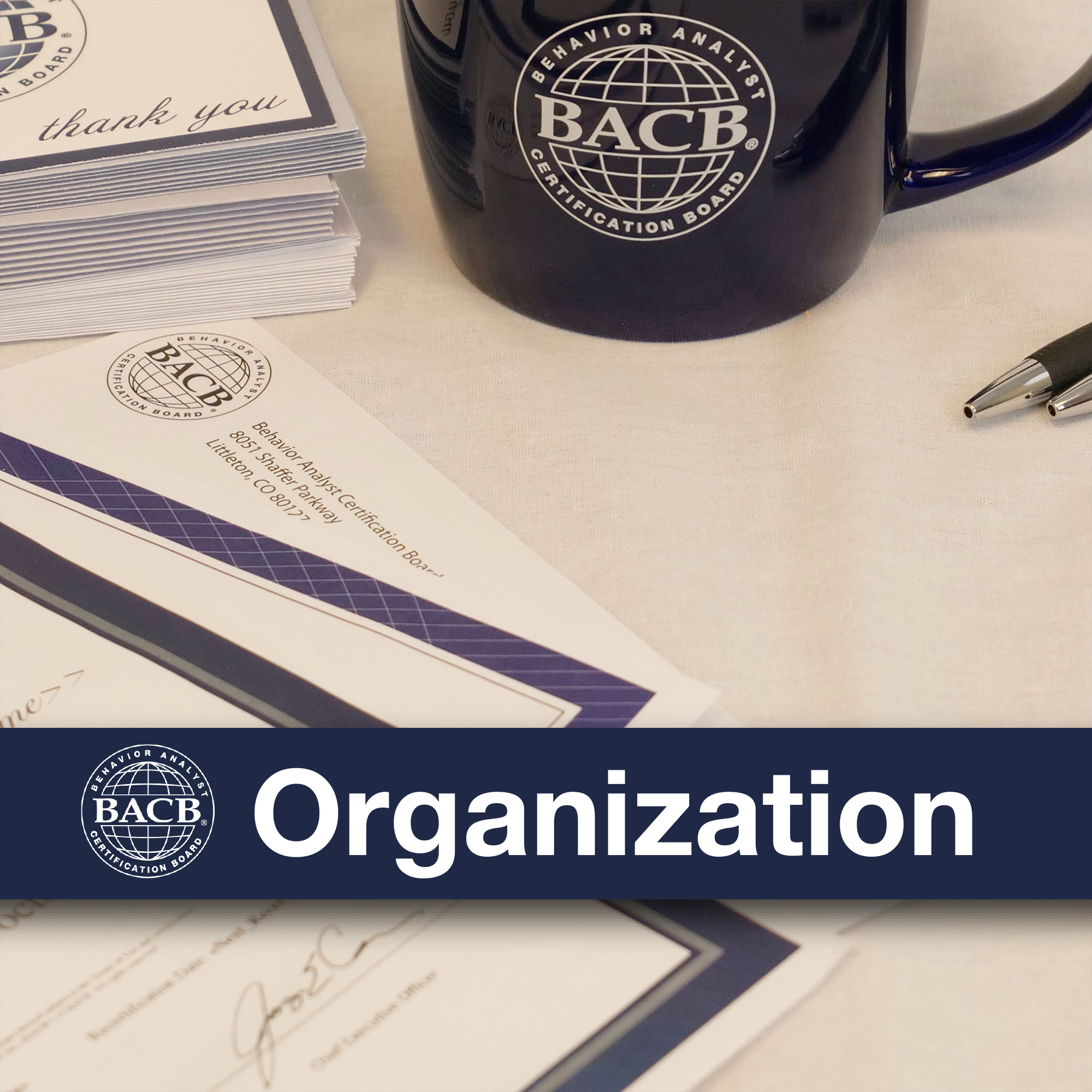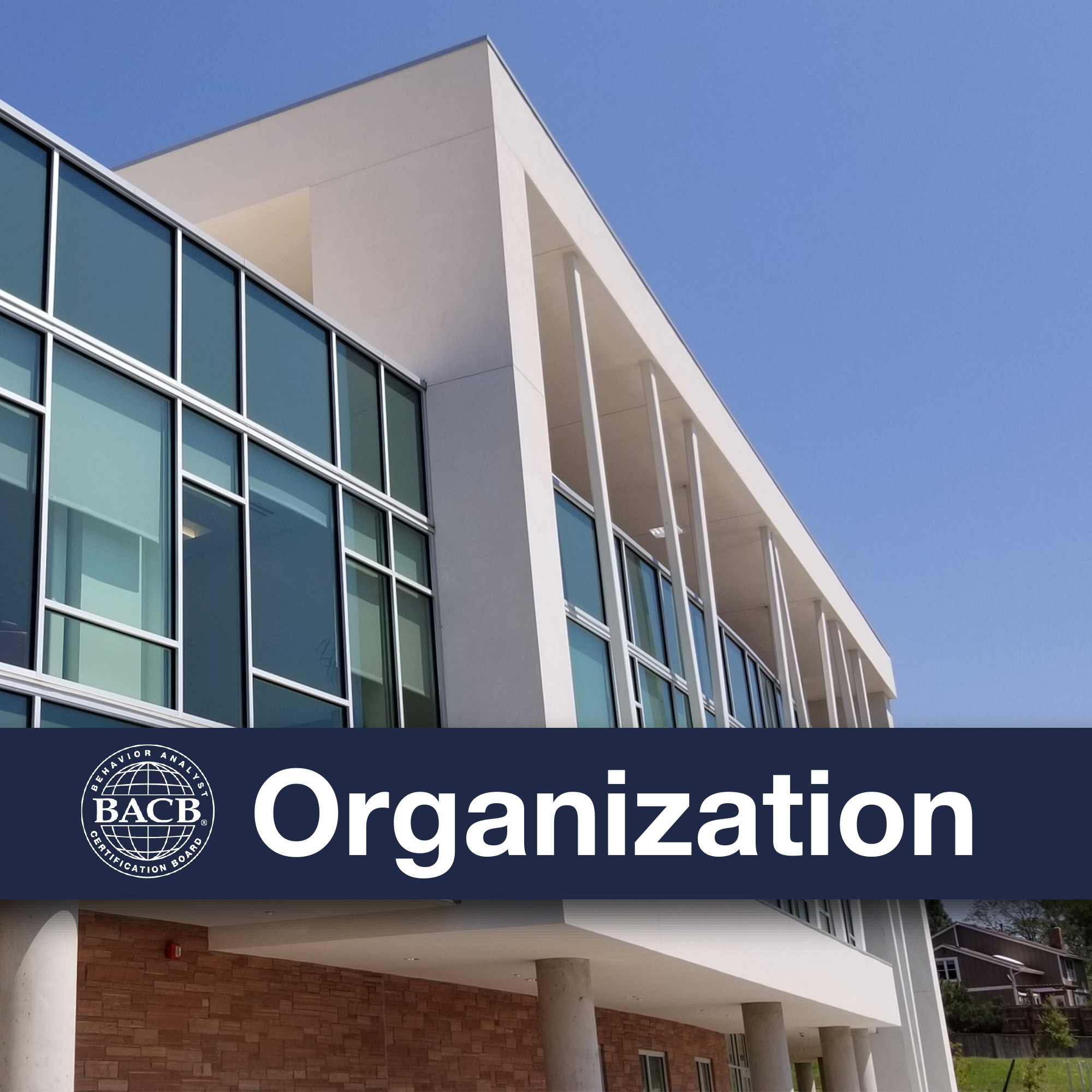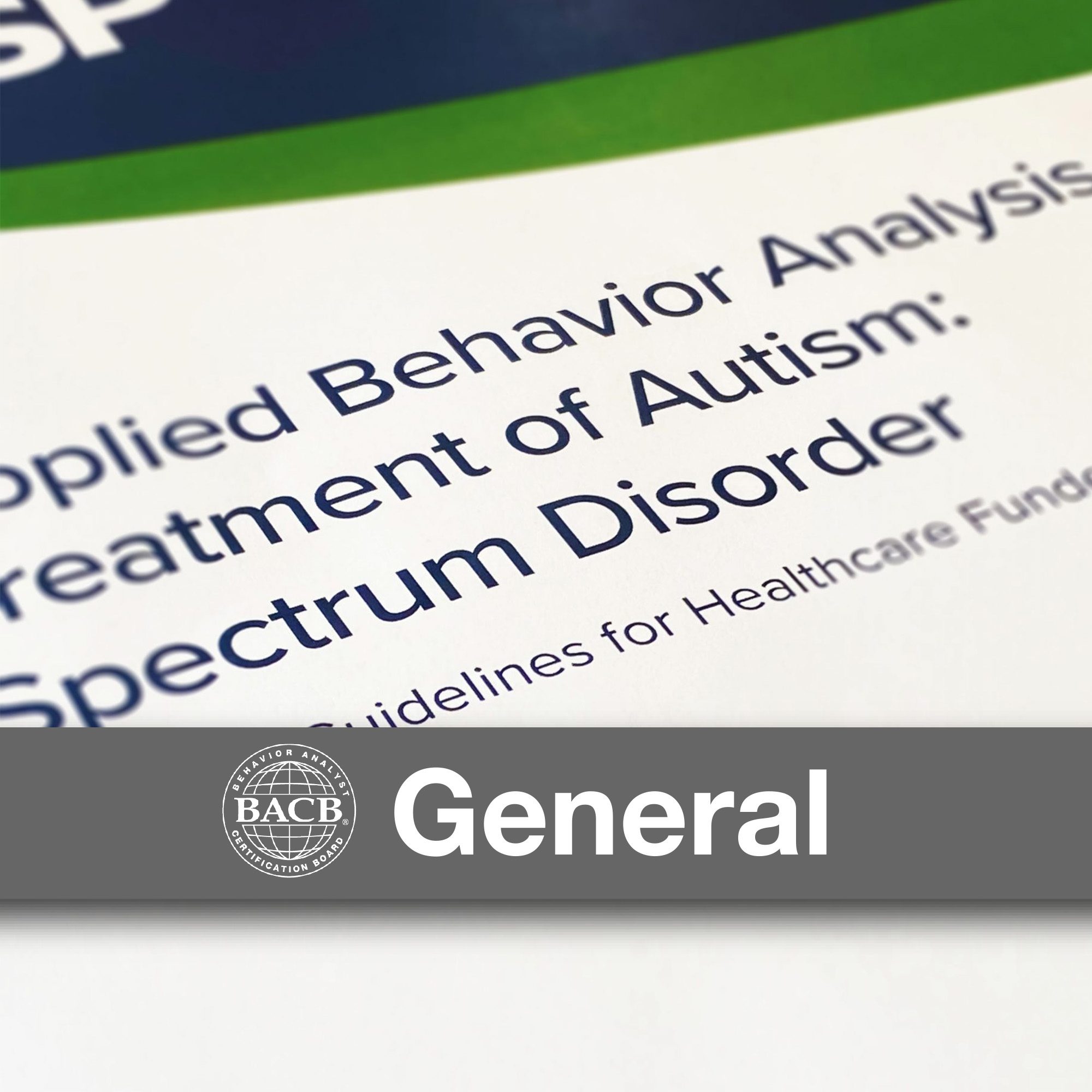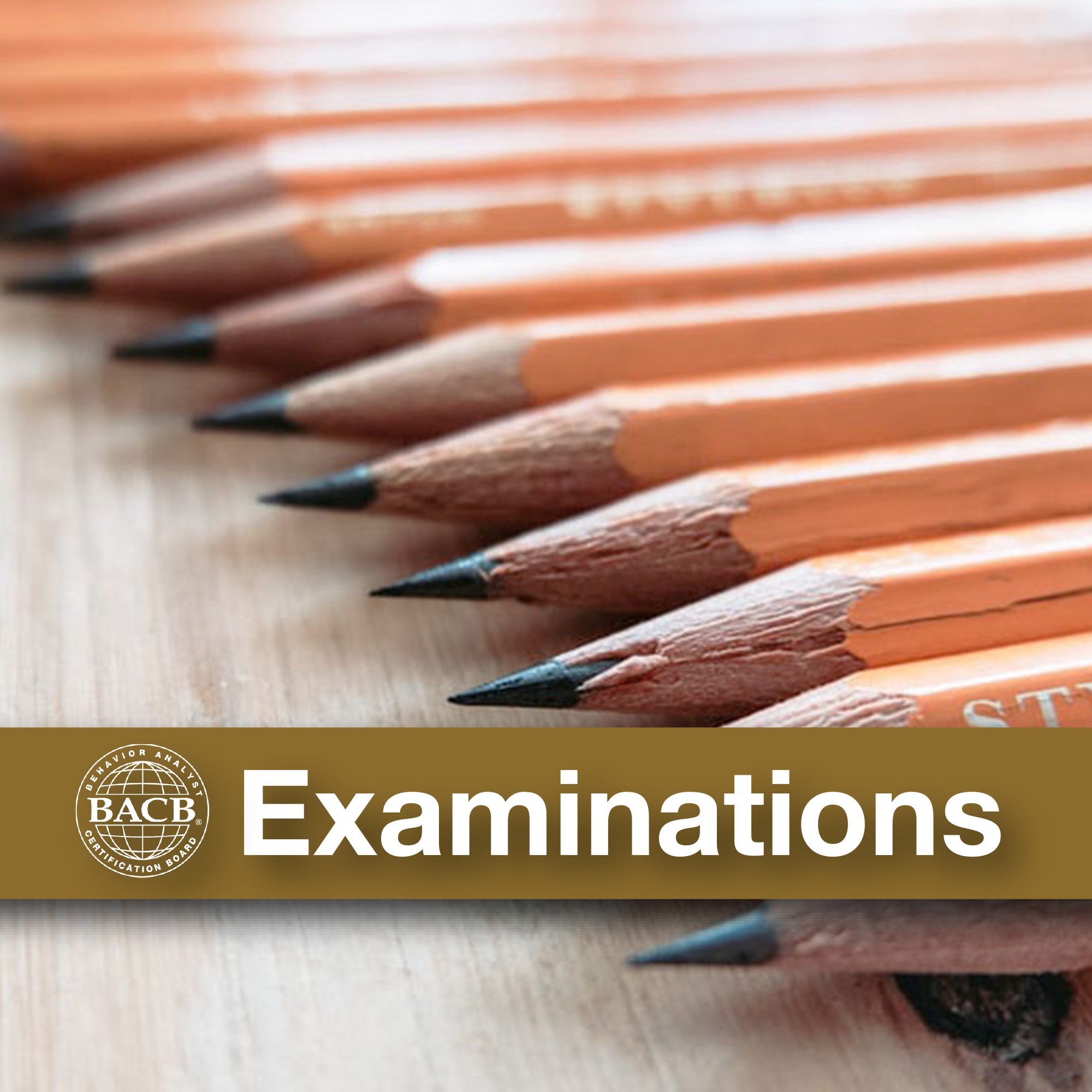
Keeping up with documentation can be hard—but it doesn’t have to be! With a solid plan in place to track your fieldwork, you can rest assured knowing that your fieldwork hours are being accurately documented.
Check out these answers to your frequently asked questions about the fieldwork documentation system, Monthly and Final Fieldwork Verification Forms, and the former Fieldwork Tracker to ensure that you’re set up for success. For more helpful tips, be sure to review the Documenting Fieldwork Hours video.
Fieldwork Documentation System
Q: Who should develop and maintain my documentation system?
A: You and your supervisor can collaborate to develop a documentation system, or you can develop it on your own. However, please keep in mind that regardless of who develops and maintains the documentation system, both you and your supervisor are required to keep copies of all relevant documentation.
Q: Who is responsible for tracking my hours to make sure they meet the requirements?
A: Both you and your supervisor should be tracking your fieldwork hours. At a minimum, your supervisor should review all of your hours for each supervisory period before they sign the Monthly Fieldwork Verification Form. Don’t wait until the Final Fieldwork Verification Form must be signed for your supervisor to review all of your hours!
Q: What might it look like to document my fieldwork?
A: This is a great question—and there’s a lot to consider. Here are a few pointers to get you started, but be sure to check out the Documenting Fieldwork Hours video for an in-depth look at how to best document your fieldwork:
- First, we recommend that you complete the Fieldwork Checklist and Tip Sheet, as it includes helpful guidance on getting started.
- Once you’ve found a qualified supervisor, signed your supervision contract, and established your documentation system, you’ll likely begin accruing hours by performing both restricted and unrestricted activities. You should meet with your supervisor throughout the month to help ensure that you’re gaining the skills necessary to demonstrate competence in applied behavior analysis. You can find a more comprehensive description of acceptable activities in the relevant BCBA or BCaBA Handbook .
- By the end of the month, you’ll want to double check that you’ve documented the total number of individual and group supervision hours you accrued, the total number of supervision contacts that occurred, and the total number of observations-with-clients that took place that month. Don’t forget to document all other relevant information along the way (see the BCBA or BCaBA Handbook for additional information).
- Remember to adjust your fieldwork hours if you did not meet all of the monthly requirements (e.g., contacts, % supervision). Review the Requirements for Supervision of Fieldwork Hours section of the BCBA and BCaBA handbooks for details on how to systematically reduce fieldwork hours in order to meet monthly requirements.
- At this point, you and your supervisor will review the documentation to confirm that all of the requirements for that month have been met. If your supervisor can agree to the listed attestations, they will sign your Monthly Fieldwork Verification Form for that supervisory period. This form must be signed by the last day of the calendar month following the month of supervision, and both you and your supervisor must retain copies.
- Once you’ve completed all of your fieldwork and met all of the requirements, your supervisor will sign your Final Fieldwork Verification Form. When you’re ready to apply, this is the form you’ll submit with your application.
Q: How do I document combined Supervised Fieldwork and Concentrated Supervised Fieldwork?
A: These should be documented on separate forms. Please note that Concentrated Supervised Fieldwork hours have approximately 1.33 times the temporal value of Supervised Fieldwork hours. In your documentation system, you may want to convert your Concentrated Supervised Fieldwork hours to Supervised Fieldwork hours to ensure that you’re on track to accrue all of the hours that you need to apply for certification. Review the Requirements for Supervision of Fieldwork Hours section of the BCBA and BCaBA handbooks for more guidance.
Q: Is the audit process something that I should plan for?
A: Yes! It’s highly recommended that you keep all of your fieldwork documents organized and up to date in anticipation of an audit. If you’re audited, we’ll provide you with an audit log and guidance on what information or time period is being audited. With your documentation system already organized, it’ll be easy to complete the audit log. Feel free to review the Fieldwork Audit Process visual in the BCBA or BCaBA Handbook for more information.
Monthly and Final Fieldwork Verification Forms
Q: I see that the Monthly and Final Fieldwork Verification Forms require a BACB ID. Where can I find mine?
A: Your BACB ID is located in your BACB account. If you don’t have a BACB account, you’ll need to create one. We strongly suggest creating only one account to prevent delays in processing your application. If you experience any issues accessing your account, use the Contact Us Form for assistance.
Q: What should I do if I need to modify a Monthly Fieldwork Verification Form?
A: This one is important! Here’s what you can do:
- If it’s still within one calendar month of the supervisory period, you can create a new version and get all of the necessary signatures.
- If it’s more than one calendar month after the supervisory period has ended, you and your supervisor can make the relevant changes and have everyone involved initial them. Just make sure that your documentation can support the corrected form!
Q: If I lose a Monthly Fieldwork Verification Form, can I still count those hours?
A: Technically, yes. You may submit those hours, but if your fieldwork is selected for an audit, you must have additional documentation that sufficiently verifies the hours that were captured on the lost form. If your documentation is insufficient, those hours may not be accepted, and you may need to complete additional fieldwork.
Q: Can I submit the Final Fieldwork Verification Forms electronically?
A: Absolutely. Please see the Acceptable Signatures Policy for more information on acceptable types of digital signatures. When you apply, you’ll receive guidance on where to submit your forms.
Q: How can I ensure that my Fieldwork Verification Form will be accepted by the BACB?
A: Although we can’t guarantee that a form will be approved, we strongly encourage you to save your Fieldwork Verification Form and then open the saved file to review it. If the file is saved incorrectly and data is missing, your submission cannot be accepted. By reviewing the saved file in advance, you can ensure that your form isn’t missing any information.
Q: If I’m completing a Multiple Supervisors at One Organization Fieldwork Verification Form, should I enter the name of everyone who supervised me at the organization?
A: It depends! Let’s break it down:
- Monthly Fieldwork Verification Form: No. The responsible supervisor is the only one who must be listed on and who must sign the form.
- Final Fieldwork Verification Form: Yes. Anyone from the organization who provided supervision for you must be listed; however, the responsible supervisor should be the only one to sign the form.
Q: How should I determine who the responsible supervisor is?
A: If you’re receiving supervision from multiple supervisors at one organization, you’ll need a responsible supervisor—an individual who ensures that all of the supervisors’ activities are well organized and coordinated. The person who serves in this role must be identified on the supervision contract and must be able to agree to all of the relevant attestations on the Monthly and Final Fieldwork Verification Forms. For this reason, the responsible supervisor who signs the Final Fieldwork Verification Form must have been qualified to be a responsible supervisor for the entire duration of the supervision provided. Anyone who meets those requirements may act as your responsible supervisor.
Q: I’m completing a coordinated fieldwork experience with multiple supervisors, but they don’t all work at the same organization. Can I still use the Multiple Supervisors at One Organization Fieldwork Verification Form?
A: If your fieldwork meets the Multiple Supervisors/Settings requirements outlined in the Supervised Fieldwork Requirements section of the BCBA or BCaBA Handbook, you can use this form. The key is that your coordinated fieldwork experience is completed with a clearly defined Responsible Supervisor who ensures that the activity is well organized and meets all BACB fieldwork requirements.
Thank you for reviewing these Q&As. We hope that they helped you feel more confident in documenting your fieldwork—and we encourage you to continue familiarizing yourself with our documentation requirements. The more you know, the more prepared you’ll be to complete your application and take the next steps toward certification.
